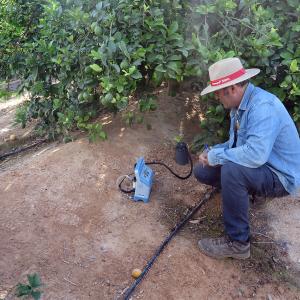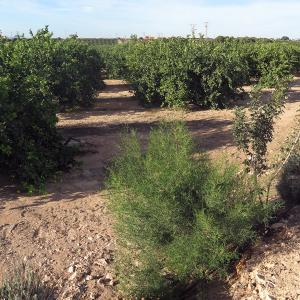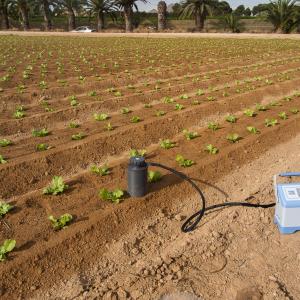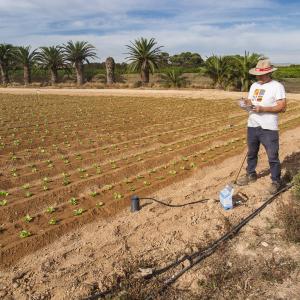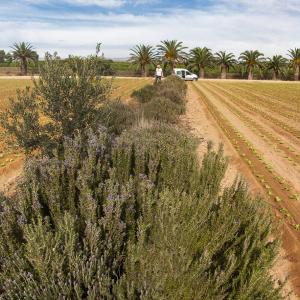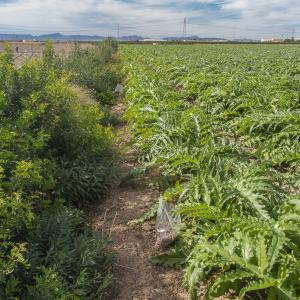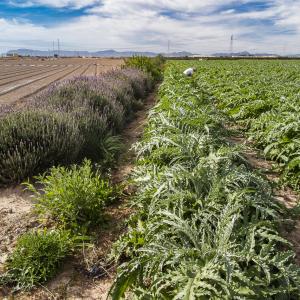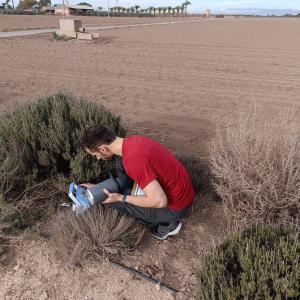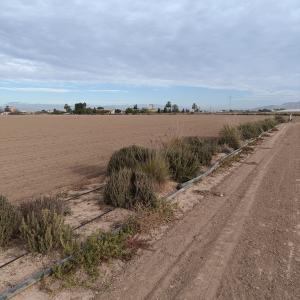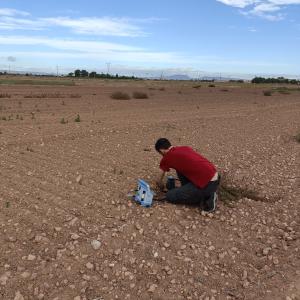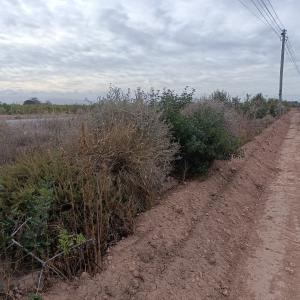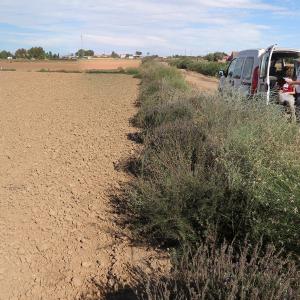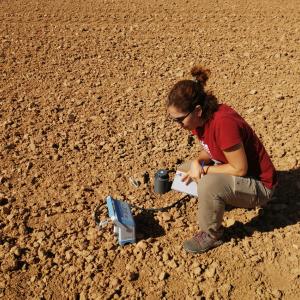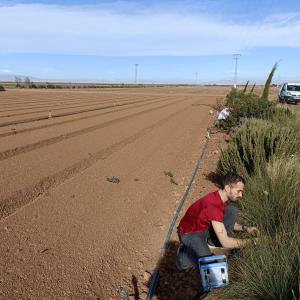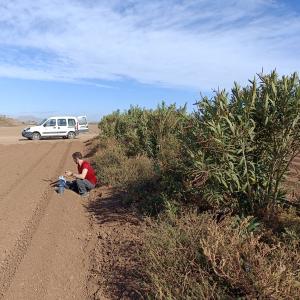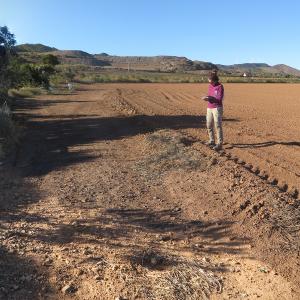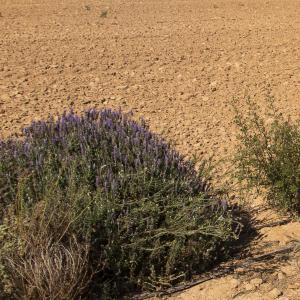
AGROALNEXT Program, financed by MCIN with NextGenerationEU funds (PRTR-C17.I1) and by the Seneca Foundation with funds from the Autonomous Community of the Region of Murcia (CARM) (https://fseneca.es/agroalnext/)
BUDGET OF OUR RESEARCH GROUP: 120.000 euros
LA1 A1.4 Agroecological soil management: restoration and increase in fertility. Soil and landscape conservation
PLAN PARTNERS: Provincial Council of Navarra (National Coordinator), Government of La Rioja, Government of Aragon, Region of Murcia, Generalitat Valenciana, Junta of Extremadura and Government of the Principality of Asturias.
BUDGET OF THE PLAN: 32 Million euros (provided by the Ministry of Science and Innovation); 17.2 Million euros (contributed by the CCAAs); 3 Million euros (Contributed by CCAA of the Region of Murcia)
DURATION OF THE ENTIRE PROJECT: 29/12/2021 to 30/09/2025

Duration of our activity: January 2023 - September 2025
CEBAS-CSIC, IMIDA, UMU, UPCT, UCAM, IEO,
OBJECTIVE OF THE PLAN: Promote the double, digital and sustainable transformation of the agri-food sector, in order to increase its competitiveness and achieve the climate and environmental objectives set in the Green Deal, while guaranteeing the supply of healthy, safe, sustainable and accessible to the population, as pursued by the EU Farm to Fork Strategy.
DESCRIPTION OF OUR ACTIVITY:
Background. Intensive agriculture causes the deterioration of soil properties and, as a consequence, environmental impacts both “in situ” and in the surroundings of the agricultural areas. Among the most notable effects on the soil environment are the deterioration of its physical and biological properties, which leads to a decrease in its functionality. This leads, among other things, the reduction of the soil's capacity to provide regulatory ecosystem services, such as carbon sequestration, resistance to erosion and the capacity for organic matter and nutrients cycling. In the Campo de Cartagena, soil degradation due to intensive agriculture is one of the main causes that contributes to the transport of agrochemicals and sediments towards the Mar Menor. To try to alleviate this, regulations have been implemented that require farmers to plant protective hedges on the margins of crops. Such hedges, in addition to act as a physical barrier against runoff and erosion, should improve the soil beneath them by reducing its erodibility and improving its functionality.
Goals. Evaluate how hedges contribute to improving the quality and functionality of the soils of Campo de Cartagena and develop proposals to increase the sustainability and resilience of agriculture and reduce its environmental impacts.
Workplan. 1. Select areas with intensive agriculture in Campo de Cartagena where hedges exist and it is feasible to evaluate the soil conditions under said hedges and in the plots for agricultural use adjacent to them; 2. Seasonal sampling of the selected soils to evaluate physical (e.g. aggregate stability and bulk density), chemical (e.g. organic matter and nutrient content, cation exchange capacity) and biological (e.g. enzyme activities) parameters; 3. Collecting data on soil respiration “in situ” (CO2 emissions) regularly; 4. Identification of quality indicators appropriate to the specific characteristics of the soils and the use to which they are subjected; 5. Evaluation of the results identifying the main threats to soils and the improvements induced by hedges; 6. Preparation of a document that includes the analysis of the improvements induced by hedges and options for the implementation of effective practices for the conservation of soil functionality.
Todavía no hay resultados para en proyecto.

